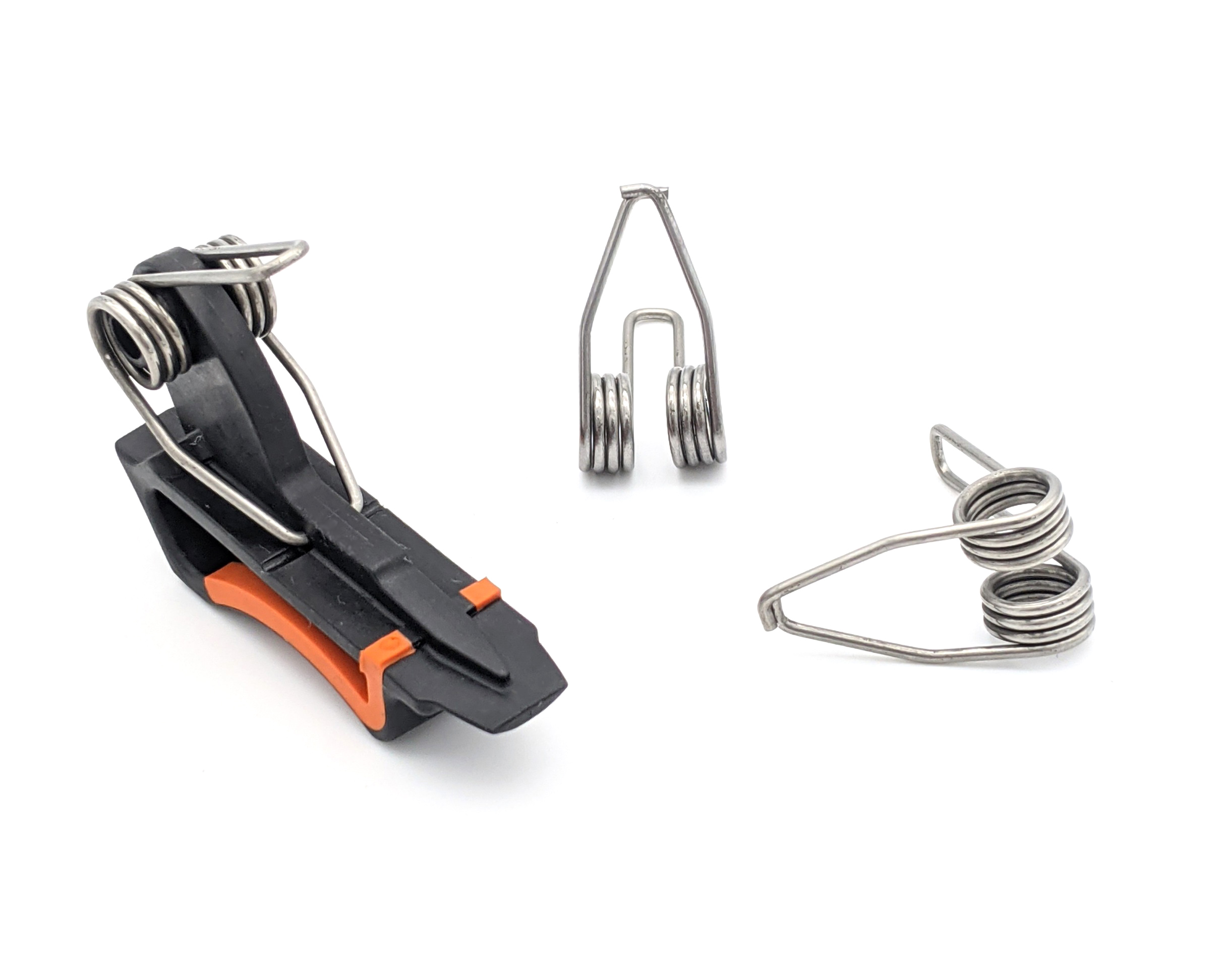Get unique, complex parts easily. No matter your requirements, Chaoyi Spring creates hard-to-produce coil springs and wire forms.
Let us help you create the custom wire form you need, from S-hooks and J-hooks to utility hooks and more.
We work closely with customers across a wide range of industries, helping them design and manufacture made-to-order parts.
Why choose Chaoyi Spring? We prioritize customer-focused collaboration, modern equipment and the latest technology to make your parts per print.
Find the information and guidance you need, from measuring a spring to learning about materials, placing an order and much more.
Imagine a simple coil spring, a ubiquitous component found in countless devices, from toys to heavy machinery. When you compress this spring, you're not just squeezing metal; you're engaging in


Imagine a simple coil spring, a ubiquitous component found in countless devices, from toys to heavy machinery. When you compress this spring, you're not just squeezing metal; you're engaging in a fascinating interplay of forces and energy storage that underpins the principles of elasticity. This seemingly mundane act, compressing a coil spring, unlocks a world of physics, from Hooke's Law to the intricate relationship between force, displacement, and potential energy. Let's delve deeper into this captivating phenomenon and explore the hidden wonders within.

At its core, compressing a coil spring is a demonstration of Hooke's Law, a fundamental principle in physics. This law states that the force required to compress or stretch a spring is directly proportional to the amount of deformation. In other words, the more you compress the spring, the greater the force it exerts back, attempting to return to its original state. This force, often referred to as the spring force, is a restoring force, always acting in the opposite direction of the applied force.
Think of it like this: when you push down on a coil spring, you're essentially storing energy within its elastic structure. The spring 'wants' to regain its original shape, and it does so by pushing back with a force proportional to how much you've compressed it. This stored energy is known as elastic potential energy, and it's ready to be released when you let go, causing the spring to spring back to its original position. It's like a coiled-up energy reservoir waiting to be unleashed.
The spring constant, often denoted by the letter 'k', is a crucial property that quantifies the stiffness of a coil spring. It represents the amount of force required to compress the spring by a unit distance. A higher spring constant indicates a stiffer spring, meaning it requires more force to deform it. Imagine a stiff spring used in a car suspension – it can handle larger bumps and absorb more energy without collapsing. Conversely, a spring with a lower spring constant is more flexible and will deform more easily under the same force.
Coil springs come in various forms, each tailored for specific applications. Compression springs, as the name suggests, are designed to be compressed. Think of the springs in a ballpoint pen or the shock absorbers in your car. Tension springs, on the other hand, are designed to be stretched. These can be found in retractable pens or clothesline mechanisms. Torsion springs, like those used in garage door openers, are designed to withstand twisting forces.
While Hooke's Law provides a useful framework for understanding the behavior of springs, it's essential to recognize its limitations. This law holds true only within the elastic limit of the spring material. Beyond this limit, the spring may exhibit plastic deformation, meaning it won't return to its original shape after the force is removed. It's like overstretching a rubber band – it will lose its elasticity and remain deformed. In severe cases, excessive compression can lead to the spring failing or even breaking.
The choice of material plays a crucial role in determining the performance of a coil spring. Spring steel, with its high tensile strength and elastic limit, is a common material for springs that require resilience and durability. Other materials, such as phosphor bronze or beryllium copper, are employed when corrosion resistance or electrical conductivity are paramount.
Coil springs are integral components in a wide range of everyday devices, often working behind the scenes to provide crucial functionality. From the springs that power our door closers to the springs that hold our mattress together, these seemingly simple components play a vital role in our lives. Their ability to store and release energy, to provide resilience, and to withstand repeated compression makes them essential in countless applications.
The design of coil springs involves a careful consideration of factors such as wire diameter, coil diameter, and the number of coils. These parameters determine the spring's stiffness, its ability to handle specific loads, and its overall performance. Engineers employ sophisticated calculations and simulations to optimize spring design, ensuring they can withstand the intended stresses and provide the desired functionality.
Compressing a coil spring may seem like a simple action, but it embodies a fascinating interplay of physics and engineering. From Hooke's Law to the intricacies of spring design, this seemingly mundane act reveals a world of scientific wonder. The next time you encounter a coil spring, take a moment to appreciate its hidden potential and the remarkable principles that govern its behavior. You'll be surprised by the depth of knowledge and innovation that lies within this seemingly simple device.
Browse some of the custom wire forms and springs that we manufacture. Don’t see what you need? We specialize in made-to-order products that meet your application requirements.
Visit Our GalleryNeed a custom wire form or coil spring? We make it work. Fill out the contact form and a representative will respond within 1 business day. If you have a PDF or CAD file, you can submit to request a quote.